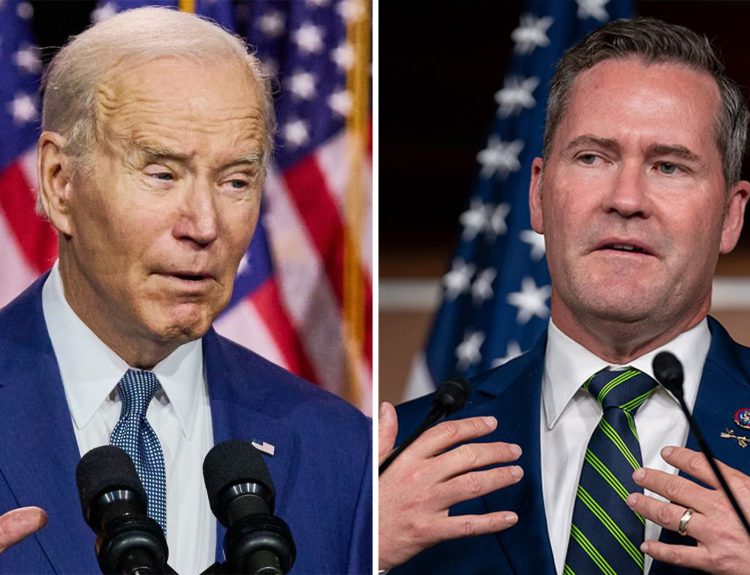The recent drop in primetime ratings for CNN, the once-dominant cable news network, could signal an ominous trend for traditional linear television. While partisan politics likely play some role in CNN’s struggles, the deeper issue may be generational, with younger viewers increasingly cutting the cord in favor of on-demand and online video options.
As the coveted 25-54 demographic turns away from appointment viewing, media companies that rely on live ratings and ad revenue face an uncertain future. Though CNN still draws a sizable audience, its failure to connect with younger consumers foreshadows an accelerating decline for cable news and linear television if they cannot adapt to new viewing behaviors.
CNN’s Primetime Ratings Drop: The Decline of Linear TV
CNN’s decreasing primetime viewership numbers reflect the broader challenges facing linear television. According to recent Nielsen ratings, CNN averaged only 538,000 nightly viewers from 8 pm to 11 pm from January 15 to 21. This placed the network in 10th place, behind rivals like Fox News and MSNBC, as well as lesser-known channels such as the History Channel and INSP.

The ratings decline as audiences migrate to streaming services and on-demand video options. As INSP’s growing viewership shows, niche content and targeted programming are attracting viewers. In contrast, CNN’s attempt to appeal to a general interest audience may no longer be effective or sustainable. Mark Thompson, the CEO of CNN’s parent company Warner Bros.
A Transitional Period
CNN is in a transitional period following the ouster of former president Chris Licht last year. Lackluster ratings and reports of personnel issues marked Licht’s 14-month tenure. The network recently tapped executive Virginia Moseley to lead CNN’s newsroom, a controversial choice given reports that Moseley’s management style has alienated staff.

Moseley will need to boost morale and help CNN adapt to the new realities of the media landscape. Options could include greater investment in CNN’s digital platforms, more targeted or opinionated programming, or further diversification into streaming media.
Competition is Getting Stiff
The troubles at CNN reflect broader industry trends. Linear television as a whole faces significant audience erosion and disruption. According to eMarketer, U.S. paid TV subscribers will drop by over 10% between 2021 and 2026.

As audiences move to streaming services like HBO Max, Disney+, and Peacock, major media companies are scrambling to catch up. The coming years will likely see more cord-cutting, more streaming options, and a continued struggle for relevance by major linear TV brands like CNN. The network’s ability to thrive in this new environment remains uncertain.
Perception of Bias
CNN has long faced criticism over a perceived liberal bias in its news coverage, particularly from conservative viewers. This perception of bias has likely alienated some potential viewers and contributed to lower primetime ratings. While CNN aims to provide objective journalism, overcoming perceptions of bias remains an ongoing struggle.

Some analysts argue that CNN has narrowed its focus in recent years to primarily cover politics and breaking news. This focus may have neglected other areas of news coverage, such as business, technology, and entertainment, that could attract wider audiences and boost ratings.
Competition From Digital Media and Streaming Services
The cable news industry has recently faced significant competition from digital media and streaming services. According to Nielsen figures, CNN’s primetime viewership has declined notably, placing the network in 10th place in total viewership from January 15 to 21, 2024.
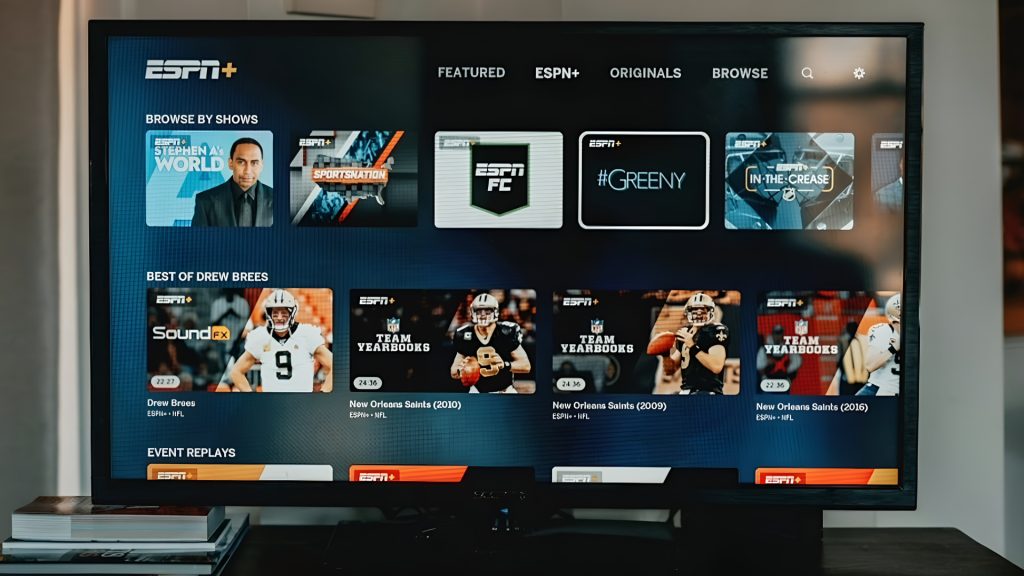
Legacy media organizations like CNN have struggled to adapt to changes in how audiences consume news and entertainment. Today’s Viewers often prefer streaming content on-demand via services like Hulu, Netflix, and Disney+ rather than tuning in to scheduled cable programming.
A Threat to Long-Standing Linear TV System
Mark Thompson, who became CNN’s CEO in 2023, has warned colleagues about the threats facing linear television. In a memo to staff, Thompson noted that CNN “has been slow to respond to the challenge” of declining cable audiences. The network’s slow pivot to streaming and digital has allowed rivals to gain a first-mover advantage.

To remain competitive, CNN must accelerate its transition to streaming and on-demand digital content. The network stepped in this direction by tapping Virginia Moseley, a controversial executive,, to lead the newsroom.
Not Just CNN
The challenges facing CNN reflect wider trends impacting the cable news industry. Traditional media companies struggle to migrate audiences and advertising dollars to digital platforms. Cable channels that fail to adapt risk becoming obsolete as streaming services continue to rise in popularity and influence.

By ramping up investments in streaming and on-demand digital content, CNN may still be able to attract younger audiences and reverse its declining viewership. However, the network faces significant ground to make up relative to competitors in an increasingly crowded media landscape.
Changes in Viewing Habits Among Younger Audiences
CNN’s declining primetime ratings indicate wider changes in viewing habits, especially among younger audiences. According to recent Nielsen data, viewers under 50, particularly those in the 18 to 34 age bracket, prefer streaming content over linear television.

Many younger viewers are “cord-cutting” or cancelling their cable subscriptions in favor of streaming services. Streaming platforms like Hulu, Netflix, Disney+, and HBO Max provide on-demand content that suits younger viewers’ preferences for binge-watching full seasons of shows and watching content when and where they choose.
The Rise of On-demand and Personalized Content
According to recent data from Nielsen, CNN averaged only 538,000 viewers during primetime hours from January 15 to 21, 2023. The network trailed rivals Fox News and MSNBC and finished behind The History Channel and INSP, an obscure network that airs Western films and TV shows.
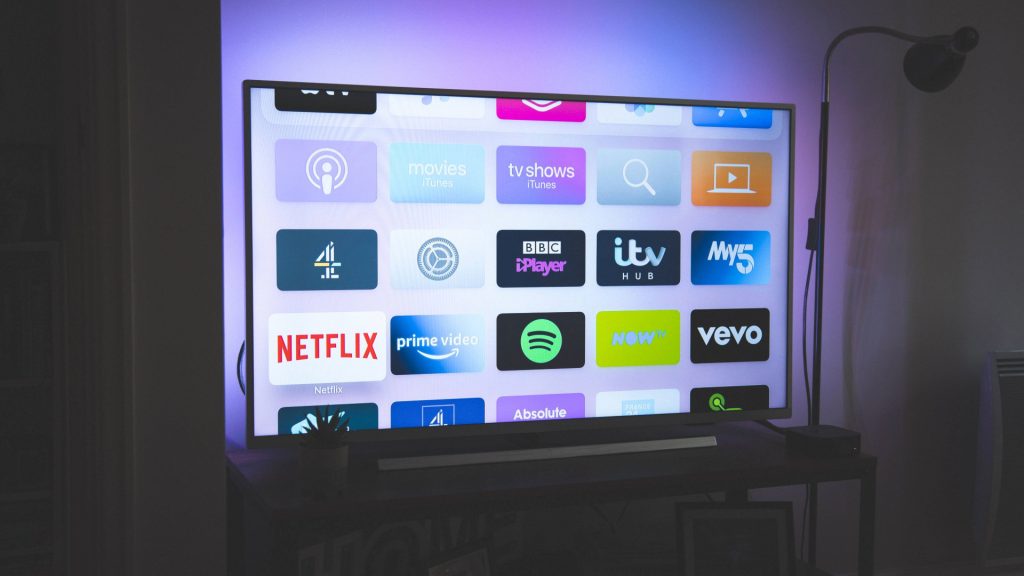
CNN’s ratings struggles came despite coverage of the Iowa caucuses in which former President Donald Trump easily won the Republican nomination in his bid to regain the White House. The rise of streaming and social media and the broader shift to on-demand content pose an existential threat to linear television. Viewers today want to watch what they want when they want.
What CNN Can Do to Stop the Ratings Slide
To remedy its declining viewership, CNN should make several strategic changes. First, the network should renew its commitment to objective, fact-based journalism. As the “most trusted name in the news,” CNN built its reputation on nonpartisan reporting of current events.

However, in recent years, some critics argue the network has shifted to opinion-based commentary that appeals more to partisan audiences. By returning to a centrist, just-the-facts approach, CNN could win back viewers seeking unbiased news coverage.
Time for Change
CNN needs to invest more in streaming and digital media. Linear television is declining as more viewers cut the cord in favor of streaming services. CNN has been slow to adapt, according to CNN’s CEO. To remain competitive, CNN should create content designed specifically for platforms like CNN+, its new streaming service, and CNN.com.

Developing streaming-first shows and digital news reports will allow CNN to reach viewers wherever they consume media. CNN could revamp its primetime lineup to include fresher faces and reimagined formats.
Opportunities for CNN in the Evolving Media Landscape
One opportunity for CNN is to focus on growing its digital presence. According to a source close to the network, CNN.com reaches over 150 million users per month, demonstrating the network’s strong brand recognition and potential to transition into digital media.

By producing more digital content, launching a standalone streaming service, and improving its mobile apps, CNN could expand its reach to new audiences who prefer to consume news online and on demand. CNN should also consider diversifying its programming and talent.
A Change in Programs To Attract New Viewers
In recent years, CNN has focused primarily on politics and hard news coverage anchored by long-time personalities. To attract new viewers and advertisers, CNN may want to add more lifestyle and entertainment programs and develop and promote younger, more diverse on-air talent.
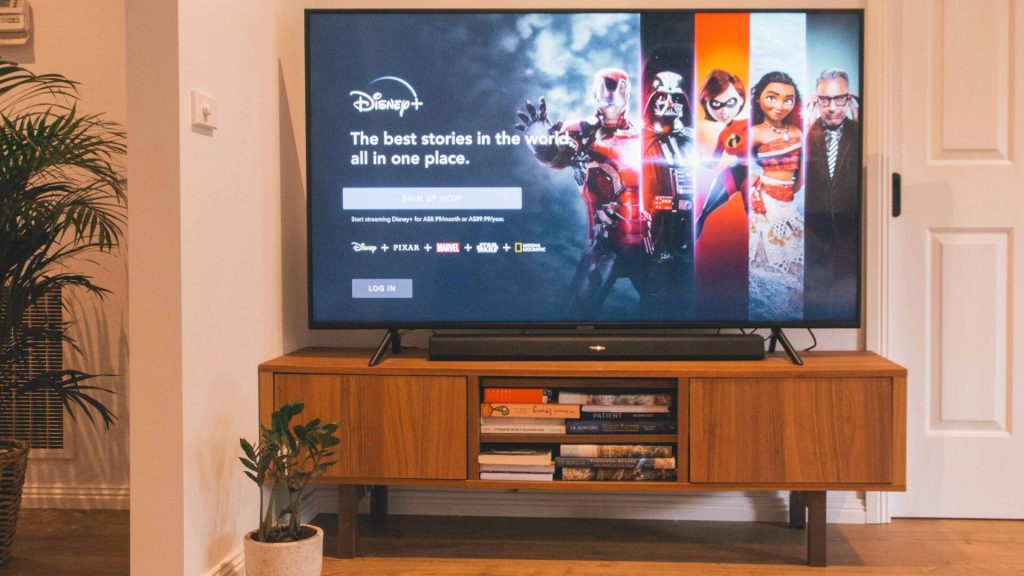
A balanced mix of programming and personalities could help CNN shed its reputation as a purely “politics-focused” network. Consistent leadership is needed to help unify CNN’s staff behind a single mission and growth strategy.
The Future of Live News in the Streaming Era
While linear television was once the dominant means of accessing live news and information, streaming services and social media platforms now provide on-demand access to content tailored to viewers’ interests. Producing news coverage and documentary programming for streaming services like HBO Max, owned by CNN’s parent company Warner Bros. Discovery.
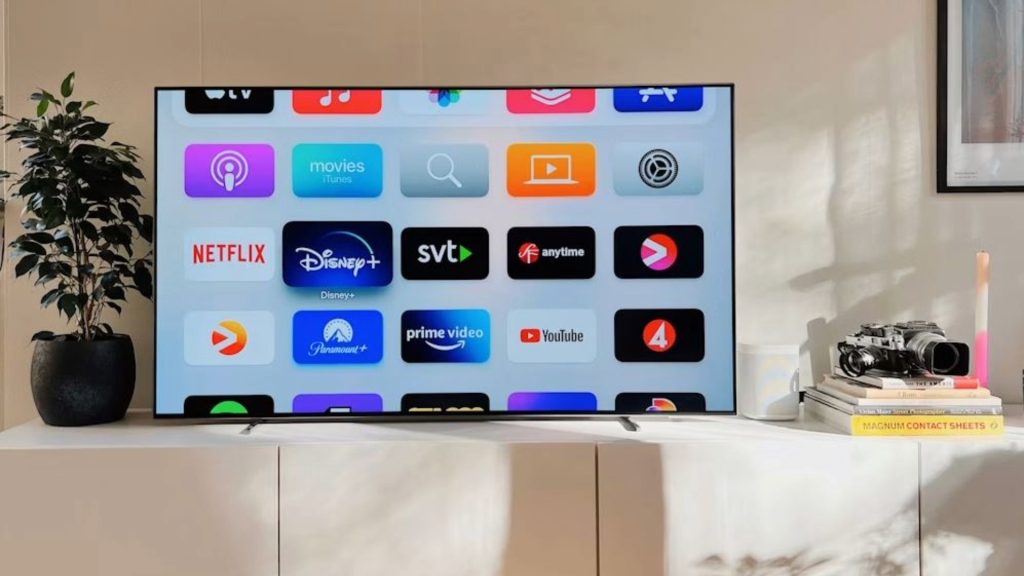
Streaming original content would allow CNN to reach new audiences outside linear television. Distributing news clips and segments on social media platforms like YouTube, Facebook, Instagram, and TikTok. Short-form social content optimized for mobile devices aligns with how many younger viewers prefer to consume media.
The Media Environment is Changing, and It’s Time for CNN to Adapt
CNN’s primetime ratings decline is not an isolated event. It is part of a broader shift in how audiences consume TV content. While live linear television still has a significant audience, viewers now have more choices than ever, thanks to on-demand and streaming services.

CNN faces the challenge of adapting its business model and programming to attract its loyal linear TV viewership and new digital-native audiences. If CNN cannot stem the tide of primetime ratings declines, it may be a warning sign for other linear networks that viewer behavior and preferences are undergoing rapid and disruptive changes.






